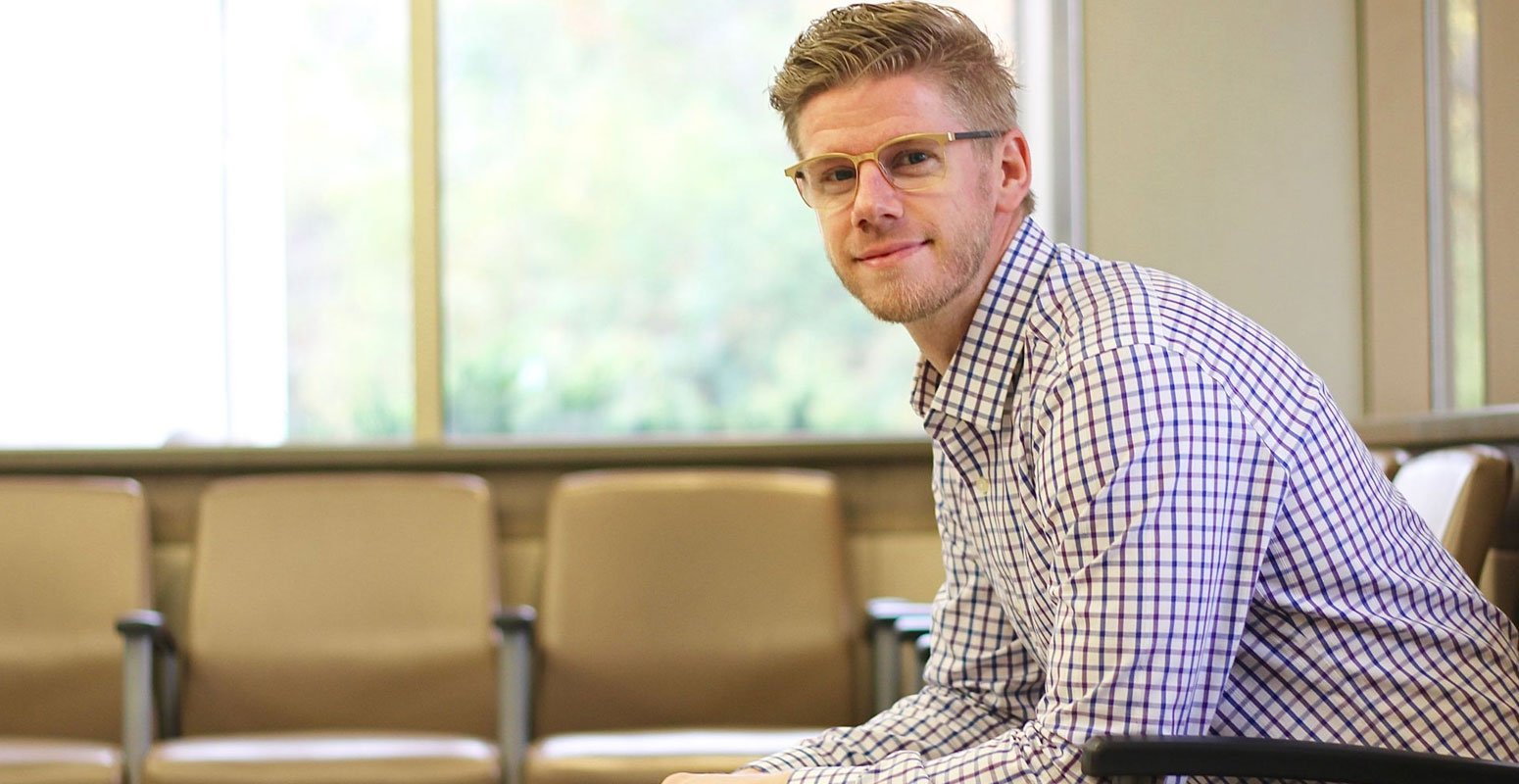The Western Medical Innovation Fellowship was the best thing that could have happened to John Matheson.
“Medical residency was always the goal, but this program is going to be invaluable for my future as a clinician,” he said. “You don’t get the opportunity to stop your clinical training and basically be offered this chance to just innovate for a year.”
As a recent medical school graduate, Matheson is one of the program’s three inaugural fellows. Created in partnership with the Western Bone and Joint’s Collaborative Training Program in Musculoskeletal Health, the 10-and-a-half-month fellowship focuses on developing new medical technologies.
For the first six weeks last summer, the fellows were taught about the business and commercialization side of innovating at the University of Minnesota and Western’s Research Park. Through workshops and a lecture series, the fellows learned everything from how the patenting process works to navigating the regulatory landscape and creating business strategies.
September 2015 was spent immersed in Western’s clinical environment, where they observed procedures and got to know the surgeons better. Since the fellowship’s two focus areas last year were cardiovascular and orthopaedic surgery, the fellows dedicated most of their time to those operating rooms.
This clinical immersion allowed the fellows to create a list of more than 60 unmet clinical needs. For example, a surgeon may find a particular device difficult to use, and the solution could be as simple as tweaking the tool’s shape.
The list was whittled down to 15 priority projects. Beginning last November, the fellows devoted themselves to designing, prototyping and developing these devices.
While the other two fellows came from a biomedical engineering background, Matheson’s role was to be the “clinical arm of the team.” He helped the two navigate the hospital environment and understand medical issues.
Growing up, Matheson was heavily involved in sports, but he was also interested in mathematics and science. He studied kinesiology at Acadia University in Nova Scotia before being accepted to Trinity College’s medical school in Dublin, Ireland.
“I went into medical school with the idea I wanted to become an orthopaedic surgeon,” he said. “I wanted to be the one involved in patient care from a technical perspective.”
Matheson also understands what it’s like to be in the patient’s shoes. A devastating knee injury in his first year of university required him to undergo two surgeries. That experience helps him empathize with patients.
Another eye-opening experience for Matheson was working with a general practitioner in rural Ireland. While the general practitioner was resourceful, Matheson noticed a lack of simple tools for infant care. “I remember referring back to that after spending time in the program and thinking of the multitude of problems I would see. If they’d just had a specific tool or resource, it would have made their working lives easier.”
One of the problems Matheson noticed could be a potential project for the fellows – but he can’t reveal much more.
In order to protect the intellectual property of their projects, the fellows are under a confidentiality agreement. Provisional patent applications are currently being put forward for projects and non-disclosure is especially important during this process.
Of all the projects, one of Matheson’s favourites is related to total joint replacement. The fellows worked with orthopedic surgeon Dr. Brent Lanting and scientist Dr. Matthew Teeter to develop a solution to help patients with infected joints.
Like many of the clinicians and researchers involved with the fellowship, Matheson said Lanting and Teeter have been very open to working with the fellows and pushing forward a collaborative approach.
“It’s always exciting to work with vibrant, energetic people. This group was certainly all that – smart, hardworking, really willing to put in the time and effort to understand the big picture,” Lanting said. “John’s such a positive, bright guy to work with. Because of his medical background, he’s able to understand the clinical aspects quite well.”
It was Teeter, co-director of the Western Medical Innovation Fellowship, who initially reached out to Lanting about contributing to the program as a clinician.
While it was a challenge to get the program up and running quickly last summer, Teeter said everyone recognized its great potential, especially since Canada has traditionally been criticized for its poor research commercialization.
“There is a definite need for these types of programs to not only train the next generation of innovators, but also to accelerate the pace of translation,” he said.
Lanting also thinks Canada needs more programs like the Innovation Fellowship.
“You can see that innovation is the key to development in science, but it’s also the key to maintaining a national identity,” he said. “Without innovation, we can’t maintain presence and we can’t make progress.”
Source: Western News


